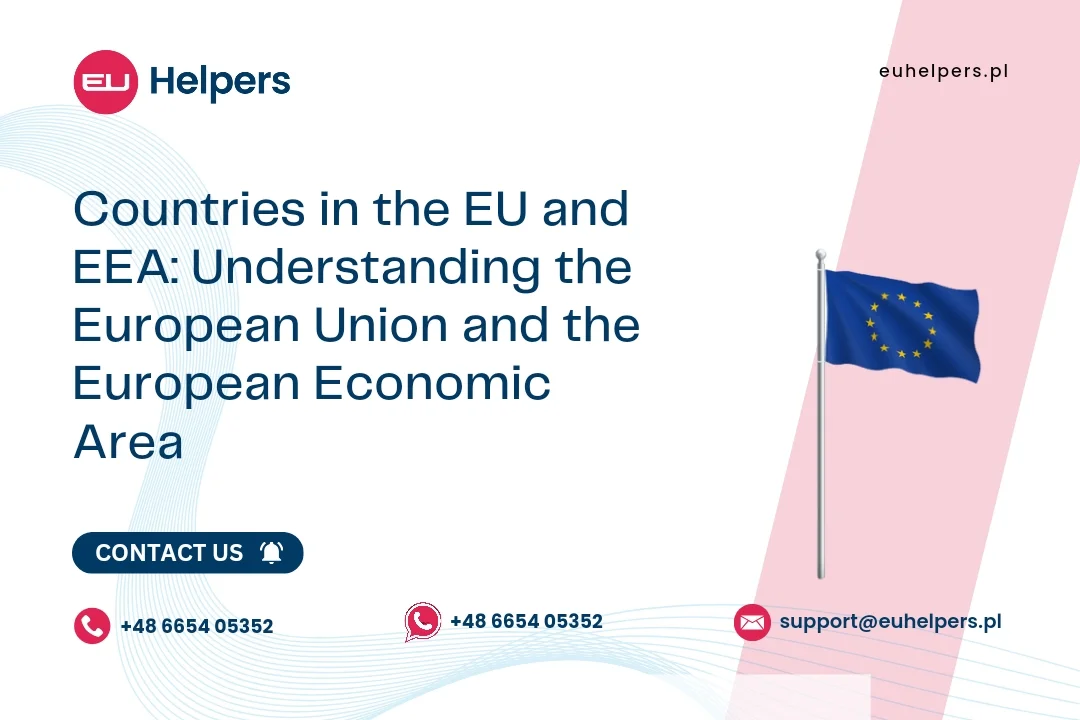The European Union (EU) and the European Economic Area (EEA) are two interconnected yet distinct entities that play pivotal roles in shaping Europe's economic and political landscape. Understanding the composition of these groups is crucial for comprehending their respective roles and functions in regional and global contexts.
The European Union (EU)
The European Union is a political and economic union of 27 member countries located primarily in Europe. It was established in the aftermath of World War II with the aim of fostering economic cooperation and preventing future conflicts among its members. Over the decades, the EU has evolved into a significant economic bloc with substantial political influence globally.
As of 2024, the member countries of the European Union are:
1. Austria
2. Belgium
3. Bulgaria
4. Croatia
5. Cyprus
6. Czech Republic
7. Denmark
8. Estonia
9. Finland
10. France
11. Germany
12. Greece
13. Hungary
14. Ireland
15. Italy
16. Latvia
17. Lithuania
18. Luxembourg
19. Malta
20. Netherlands
21. Poland
22. Portugal
23. Romania
24. Slovakia
25. Slovenia
26. Spain
27. Sweden
Each member country contributes to the EU's decision-making processes through its representation in the European Parliament and the Council of the European Union. The EU is known for its common policies in various sectors such as trade, agriculture, competition, and environmental protection, among others.
The European Economic Area (EEA)
The European Economic Area extends the European Union's single market to include three additional countries that are not EU members but are part of the European Free Trade Association (EFTA). These countries are:
1. Iceland
2. Liechtenstein
3. Norway
The EEA Agreement, which came into force in 1994, allows these EFTA countries to participate in the EU's single market without being full EU members. This agreement ensures the free movement of goods, services, capital, and persons between the EEA countries and the EU member states, thereby promoting economic integration and cooperation within Europe.
Differences between EU and EEA
While both the EU and the EEA aim to promote economic integration and cooperation among European countries, they differ in terms of membership and scope:
- Membership: The EU consists of 27 member states, while the EEA includes 30 countries (27 EU member states plus Iceland, Liechtenstein, and Norway).
- Political Integration: The EU goes beyond economic cooperation to include policies on justice and home affairs, foreign affairs, and security, which are not covered by the EEA Agreement.
- Decision-making: EU member states have a direct role in shaping EU laws and policies through various EU institutions, whereas EEA EFTA states do not participate in the EU's decision-making processes but adopt EU legislation relevant to the single market.
Understanding the distinction between the EU and the EEA is crucial for businesses, policymakers, and individuals navigating Europe's complex regulatory environment and seeking to engage in cross-border activities within the continent. Whether through the extensive integration of the EU or the economic opportunities offered by the EEA, these frameworks continue to shape Europe's economic and political landscape in profound ways.

